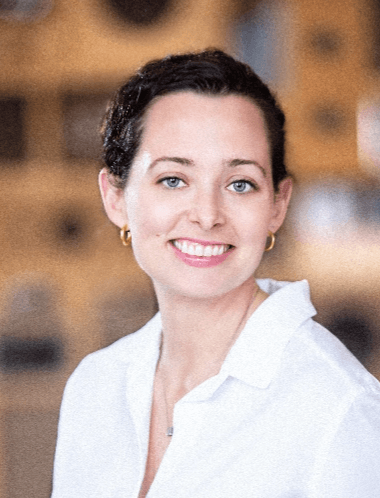
“The biggest reason this project succeeded was because we could embrace the storm. Chip away at our little corners of the marble, doing the things we know how to do. At some point we formed a rough blueprint that we were all working from. But because this team is so great at their own pieces, it came together so beautifully.” -Jonathan Hart, Owner and Design Director at Bigmouth Creative.
The project Jonathan refers to here is OneChiFam, Chicago Department of Public Health’s (CDPH) initiative to equip new parents with the savvy tips they need to know in the thrilling and terrifying weeks of becoming moms and dads through the first 12 months.
The project started as a booklet that covered the gamut of what to expect from how often babies should eat to what vaccines they should get to what’s to come as babies grow. But it quickly turned into a voluminous campaign of omni-channel content including a new logo, a video series and a scalable website to share with Chicagoans embarking on the journey into parenthood. The booklet was also translated into four different languages (Arabic, Chinese, Polish and Spanish) and distributed in select hospitals across the city as takeaways for new parents.
Bigmouth’s creative team came together to reflect on its approach to this campaign.
Chip away at our little corners of the marble, doing the things we know how to do.
Meet the team

Jonathan Hart

Cate Laga
Director of Client Services

Joy Keller
Director of Digital Experiences

Kap Coleman
Writer + Creative Strategist

What were the initial thoughts running through your mind when you were first briefed on this project?
Kap Coleman, Writer/Strategist, Mom:
That it was close to home. I thought it was a great opportunity to improve something that needs improving.
I was a very new mom at the time. I was familiar with the content, I was living it. I received tons of loose papers in the hospital and went home feeling like I learned very little. I wanted to, first and foremost, make sure the content was presented in a clear, approachable way. But, we were still waiting to see the content CDPH had for us to work with; I was thinking about how many pages this booklet would be and what it would really take on our end to make it approachable.
Cate Laga, Account Director, Mom:
The project was appealing to me because I could relate to it. It was also my first big project at Bigmouth and I was really excited to get introduced to and work with this team. I was ready to dig in and ask all the questions: Why is it happening? Who started this? How many people are involved? Things were a little confusing for us to navigate early on, there was a change of hands on the client-side and we were working with someone brand new to CDPH, but she had a pediatric background and was a blessing to work with.
Joy Keller, Digital Experiences Director, Mom:

How did you feel about OneChiFam expanding into different areas?
Jonathan Hart, Bigmouth Owner, Design Director:
We started asking questions that sparked the client’s interest: How do you plan to strategically brand this project? What are your plans for distribution? What else can you do with it, where else can you go?
That’s when they really started to see what we could do for them aside from one deliverable. The great thing about being a nimble agency is that the minute we get those answers from them, we can turn around and do something with it.
Cate Laga:


What were some challenges you faced when digging into the project?
Kap Coleman:
Cate Laga:
Kap Coleman:

Can you talk about the need to make the content gender neutral? How did you account for inclusivity on a topic that essentially touches everyone in some way?
Jonathan Hart:


What is the biggest success of OneChiFam from your perspective?
Jonathan Hart:

What is the biggest success of OneChiFam from your perspective?
Jonathan Hart:
Joy Keller:

